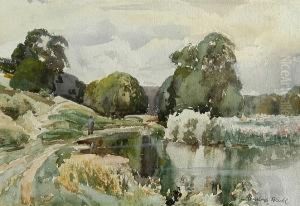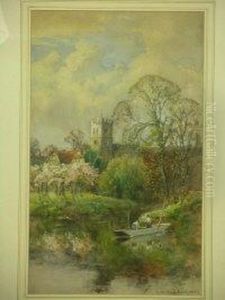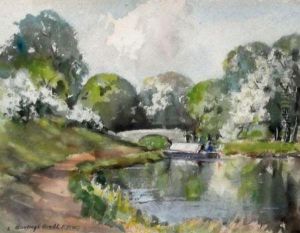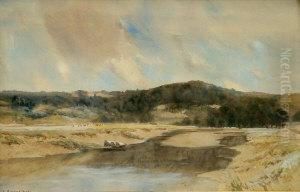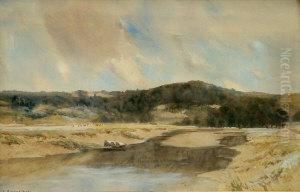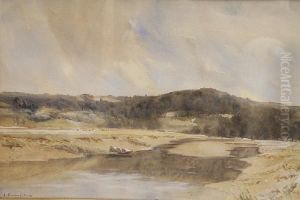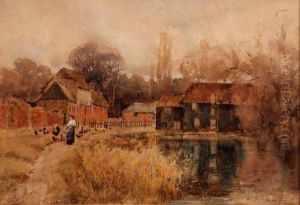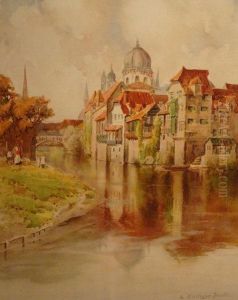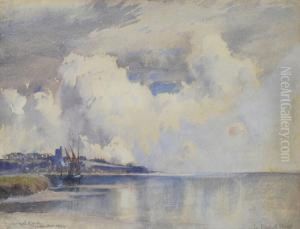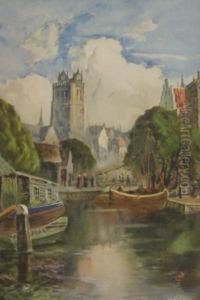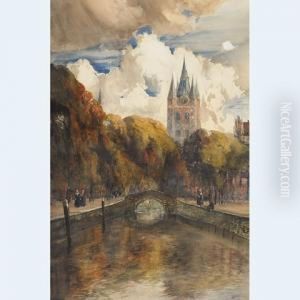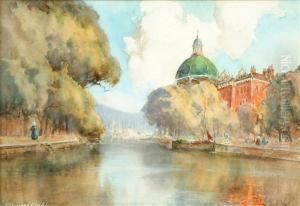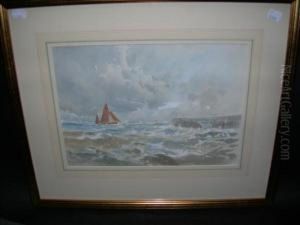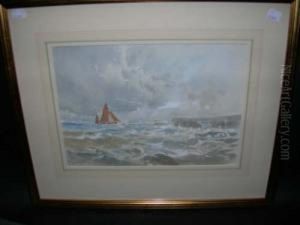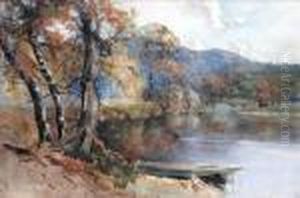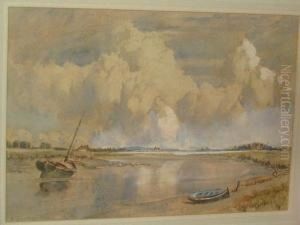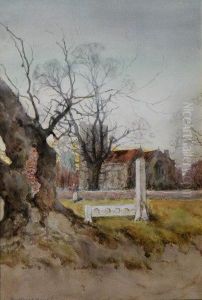Louis Burleigh Bruhl Paintings
Louis Burleigh Bruhl was a notable British artist, born in 1861 in Sudbury, Suffolk, England, and passed away in 1942. His career spanned a period of significant change in the art world, bridging the gap between the traditional and modernist movements. Bruhl's early life was spent in Suffolk, where he developed a deep appreciation for the English countryside, which would later become a recurring theme in his works. He received his formal art education at the Royal Academy Schools, an institution renowned for nurturing the talents of many illustrious artists. This education laid the foundation for Bruhl's technical skills and classical approach to art.
Throughout his career, Bruhl focused primarily on landscape and portrait painting, employing a style that was deeply influenced by the Impressionist movement, yet retained a distinctly British character. His landscapes, often depicting the serene and bucolic scenes of Suffolk, are celebrated for their vibrant color palette and sensitive treatment of light. This approach not only showcased Bruhl's technical prowess but also his ability to capture the ephemeral beauty of the English countryside.
In addition to his landscapes, Bruhl was an accomplished portraitist, capturing the likenesses of various notable figures of his time. His portraits are characterized by a keen observation of detail and a subtle understanding of his subjects, qualities that earned him considerable acclaim.
Bruhl's contributions to the art world were recognized in his time, and he was actively involved in the British art scene. He exhibited regularly at prestigious venues such as the Royal Academy of Arts and was a member of various art societies, which played a crucial role in the evolution of British art during the late 19th and early 20th centuries.
Despite his success, Louis Burleigh Bruhl has not been as widely remembered as some of his contemporaries. However, his works continue to be appreciated by art historians and collectors who recognize his unique blend of traditional techniques and modern sensibilities. Bruhl's paintings remain a testament to his skill and versatility as an artist, capturing the essence of his era while simultaneously looking forward to the innovations of modern art.
